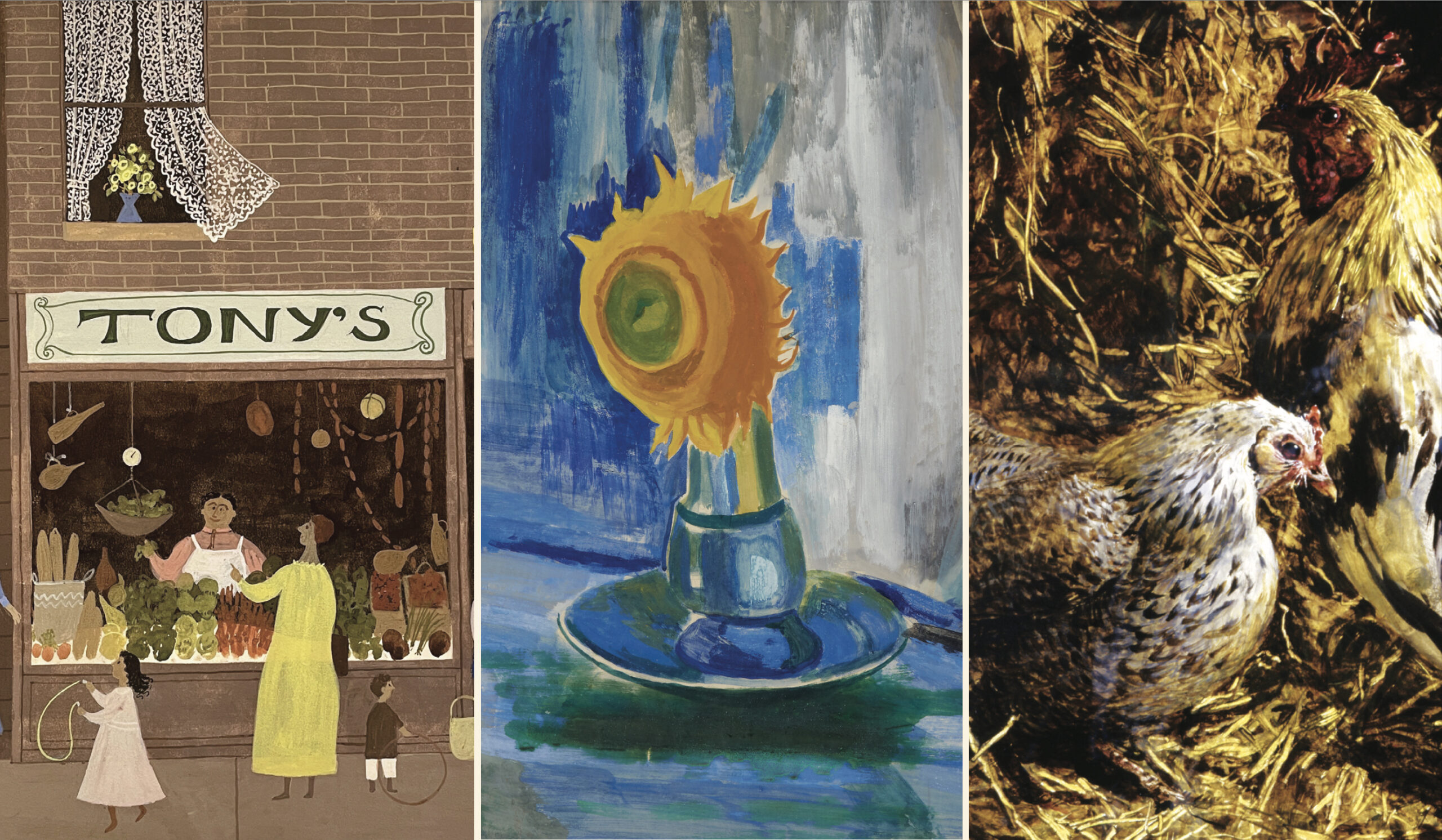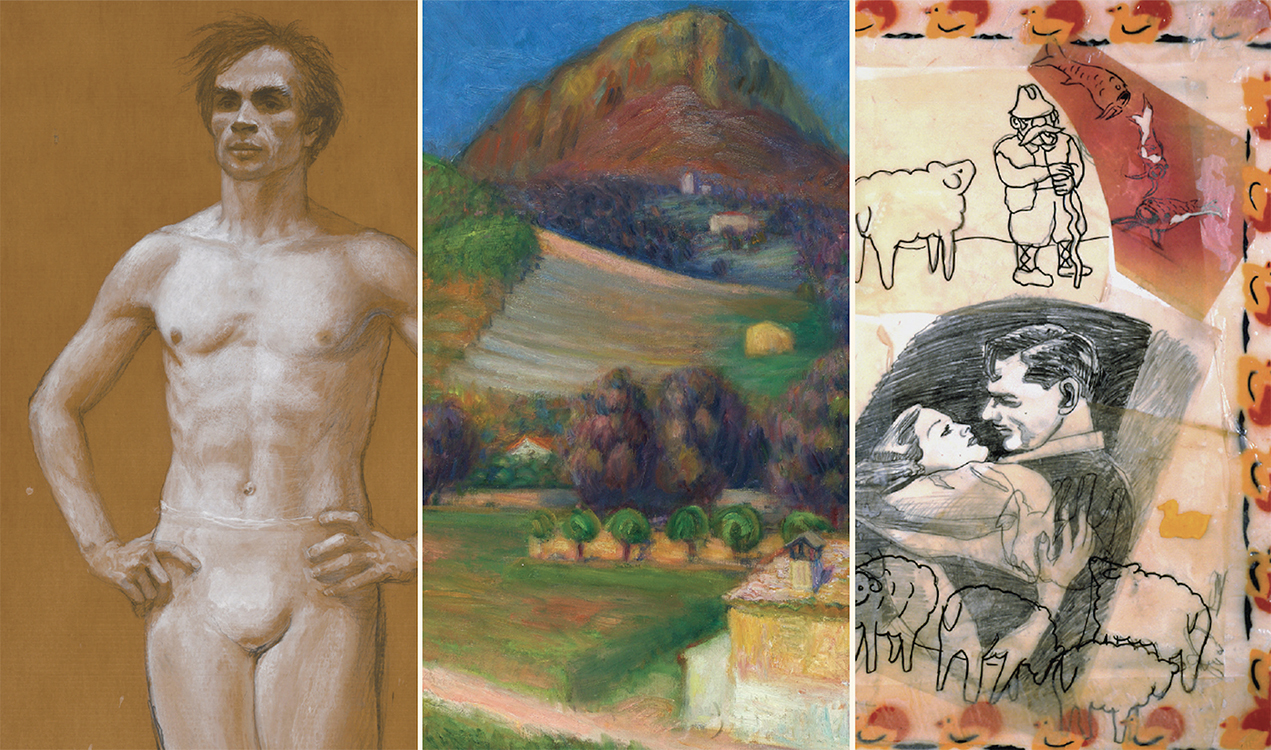Exhibitions



March 27, 2020 - June 30, 2020
American Masters: Art of the 20th – 21st Centuries
View the Exhibition →About
Living a life dominated by tragedy and despair, Arshile Gorky became one of the most important 20th century artists in abstract painting style. He was a major figure in 20th century modernism, and while often classified as late Surrealism or as a precursor of Abstract Expressionism, his emotionally charged abstract style holds a distinct place among the explorations of the avant-garde.
An Armenian refugee during World War I, he escaped the Turkish slaughter but became a refugee in Russia with his mother and younger sister. After his mother died of starvation, he and his sister came to the United States. Gorky attended the Rhode Island School of Design and later taught at the New School of Design in Boston, and the Grand Central School of Art associated with many of the avant-garde artists of that time. He was influenced by Cezanne, Picasso and Miro. He worked as a WPA muralist and painted a mural for the Aviation Building at the New York World’s Fair.
His work was exhibited at Museum of Modern Art the Julian Levy Gallery. Just as he reached artistic maturity in the mid-1940s, Gorky was beset by series of tragedies and committed suicide in
1948, still relatively unknown to outside art world circles. By 1951, when the Whitney Museum of American Art mounted “Arshile Gorky: Memorial Exhibition,” Gorky’s stature as an important modernist painter was secure.
Exhibitions with Somerville Manning Gallery
2022 American Masters: Art of the 19th – 21st Centuries
2020 American Masters: Art of the 20th – 21st Centuries